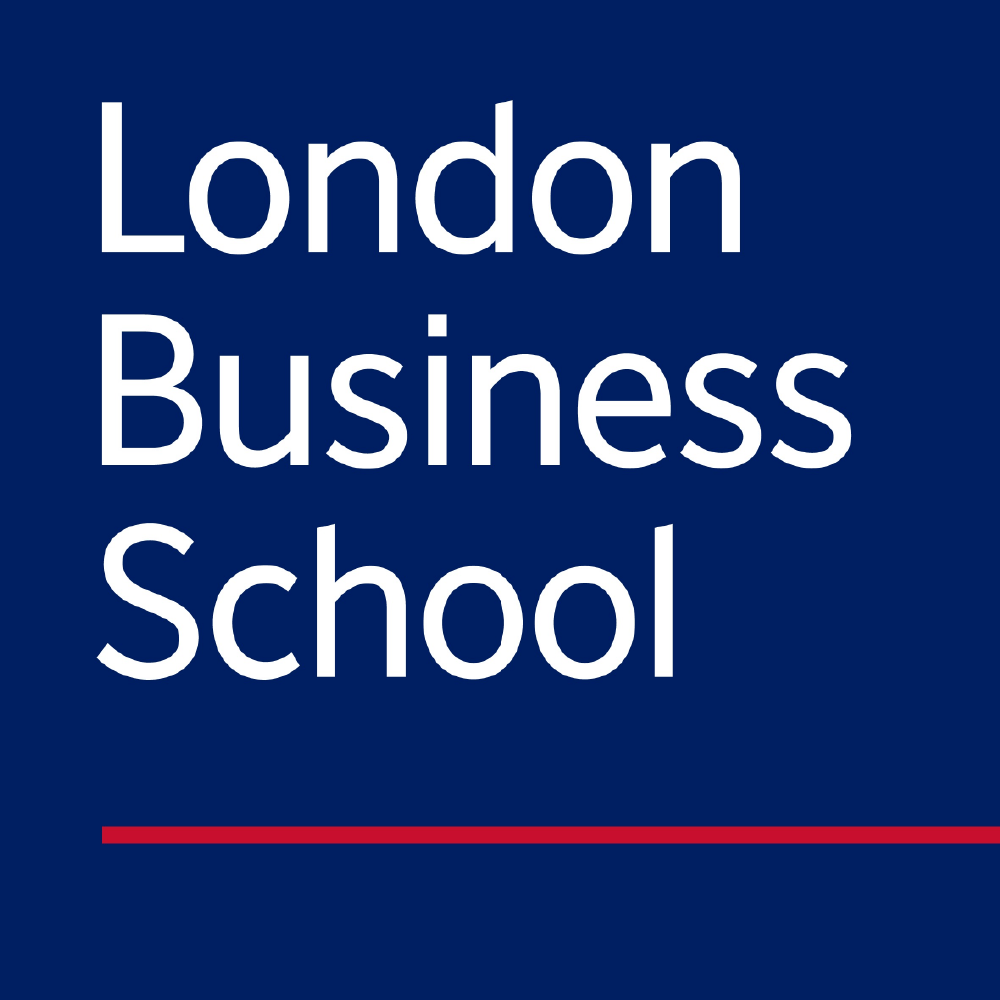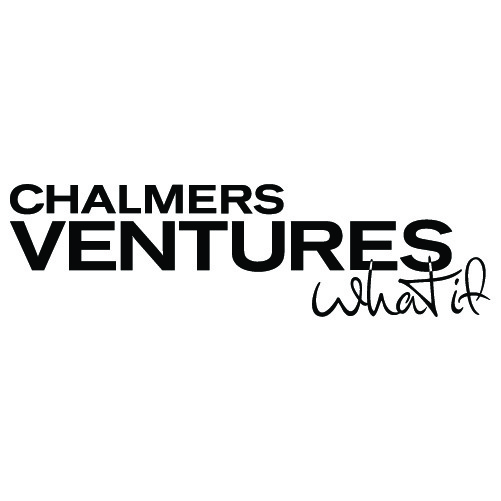Taking a Dive into Corporate Venturing Mechanisms
May 16, 2024
Interviewed by Nicolas Sauvage on November 3, 2023
Julia Prats and Josemaria de Siota from IESE Business School — considered to be one of the best business schools in the world by the Financial Times, The Economist, and Forbes — joined Corporate Venturing Insider to discuss their decade-long research on open innovation, corporate venture capital, and technology transfer.
Julia is a professor in the Department of Entrepreneurship and has taught business at IESE for 20 years. As an engineer who earned a Ph.D. in growth strategies, Julia brings a unique background to her corporate venturing research. Early in her career, Julia became interested in understanding how large corporations grow. She investigated methods megacompanies used to foster an innovative environment, focusing on the strategies and systems that help established firms achieve profitable growth.
Julia’s research partner and executive director at the IESE Entrepreneurship and Innovation Center, Josemaria de Siota, has been with IESE for over 10 years and is a designated Expert on Corporate Venturing at the European Commission and the World Economic Forum.
An Introduction to IESE’s Research
Julia and Josemaria emphasized that corporate venturing is not a new concept, it dates back to as early as 1914 with General Motors and DuPont. However, since the primary focus concentrates on corporate venture capital, other innovative mechanisms for corporate collaboration are often overshadowed.
Julia and Josemaria’s research has identified 11 different mechanisms of corporate venturing, each providing distinct strategic advantages depending on the start-ups’ development and corporate capital. Josemaria commented that there’s increased attention on corporate venture capital today because the number of corporations working with start-ups has significantly increased since 2016, buoyed by the emergence of various synergies that benefit both corporations and startups.
Exploring Challenges: Start with “Why”
To optimize existing products or business lines, Julia and Josemaria explain that many corporations search for startups that provide solutions to the corporation’s current challenges. Julia points out that the key to success begins with the “why” — understanding the company’s strategy and the pain points it seeks to address. Challenges can vary, from optimizing existing processes to exploring new areas like sustainability. Corporate ventures aim to present these challenges to the startup community to uncover solutions that may not have been considered otherwise.
What distinguishes a challenge is its open-ended nature — it seeks solutions that might not be evident from within the company.
A venture portfolio is “a bunch of companies that may solve the problem you have that internally you (may) not have been able to,” Julia summarized.
A start-up can have multiple investors, and many companies can invest in their solution to the challenge. After a certain point, the solution to the challenge is to incorporate innovation by bringing external solutions to the table.
Difficulty navigating the start-up market is a barrier to discovering these possible solutions. Julia and Josemaria have attempted to map and analyze the market but have encountered challenges due to the start-up market’s unstructured nature. Large corporations typically operate within well-established processes and frameworks. In contrast, startups thrive in an environment characterized by dynamism and innovation. Corporations must adapt to this unstructured market as they seek to invest in new ventures that expand their existing markets.
Focus on Collaboration and Trust
Julia and Josemaria emphasized the importance of collaboration and trust in corporate venturing — both within the corporation and externally as it relates to the startup ecosystem. A successful corporate venturing mechanism must play nice with other corporate ventures, among its internal teams, and its parent company.
Josemaria shared the “buffer” concept he considers vital in managing the connection between corporate venturing teams and business units. This buffer can consist of individuals with different profiles, such as those with extensive experience within the company, deep knowledge of its processes, and connections at the executive level. The “buffer” ensures a start-up has an advocate when navigating the corporate landscape.
Julia underscored the need for companies to understand the ‘how’ of working with startups and other venturing groups, which is often challenging. While many companies aspire to have synergistic relationships to work with startups, the practical aspects of collaboration remain elusive to many.
Sauvage explained, “you’re not going to skydive with people you don’t trust. But over time, as you practice with the same people, you will develop second-nature trust, the next level of trust and working together.”
This gap in understanding led to Julia and Josemaria’s investigation into “Corporate venturing squads: Teaming up with other corporations to innovate with startups,” which aims to demystify and create best practices to facilitate the process for a broader audience.
Diversify, Adapt, and Evolve
Julia and Josemaria describe corporate venture capital as a facet of corporate venturing. They acknowledge it is a traditional and effective method of engaging with startups. However, Julia does not find it practical for most medium and small companies. CVC can be costly, making it more suitable for larger companies with significant financial resources. This may not be feasible for smaller and medium-sized enterprises.
These smaller companies may need to explore alternative mechanisms that align with their capabilities. Julia and Josemaria point to other venture mechanisms to employ as companies strive to expand and evolve, noting Venture Client as a particular favorite.
One example of a Venture Client is the BMW Start-up Garage. The Venture Client mechanism best suits early-stage start-ups seeking to find their first customer and improve their business model. It often uses much of the corporation’s equipment and is less capital-intensive than other methods.
Advice to Start-ups
Julia and Josemaria emphasize the importance of a good fit between a corporate parent and a start-up. They believe that pairing sizable older corporations with young portfolio companies is perfect for the portfolio’s development of new products. However, Julia often sees a mismatch between large corporate ventures with development resources and late-stage start-ups looking to scale.
Josemaria shared five final strategy questions for the entrepreneurs to ask themselves when picking a corporate venturing mechanism:
- Are your KPIs aligned with your corporate partner?
- Are the time horizons similar?
- Do you and the corporationhave the capital and resources for a POC and pilot?
- What are the associated risks?
- Who will be your internal senior-level sponsor who can move your company for a proof of concept?

 For successful corporate venturing, startups need advocates within corporations, facilitated by a "buffer" of competent, experienced, and influential figures.
For successful corporate venturing, startups need advocates within corporations, facilitated by a "buffer" of competent, experienced, and influential figures. 



















